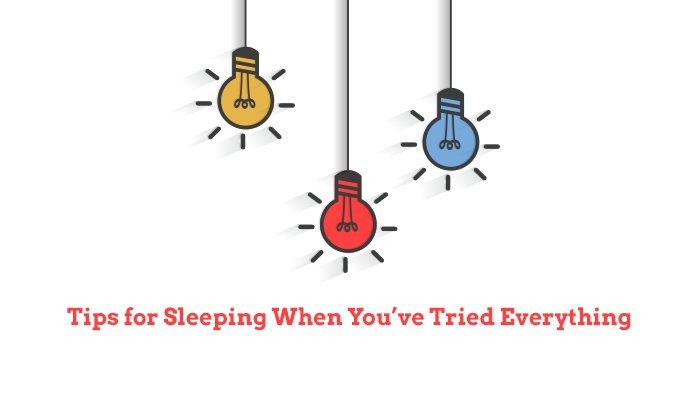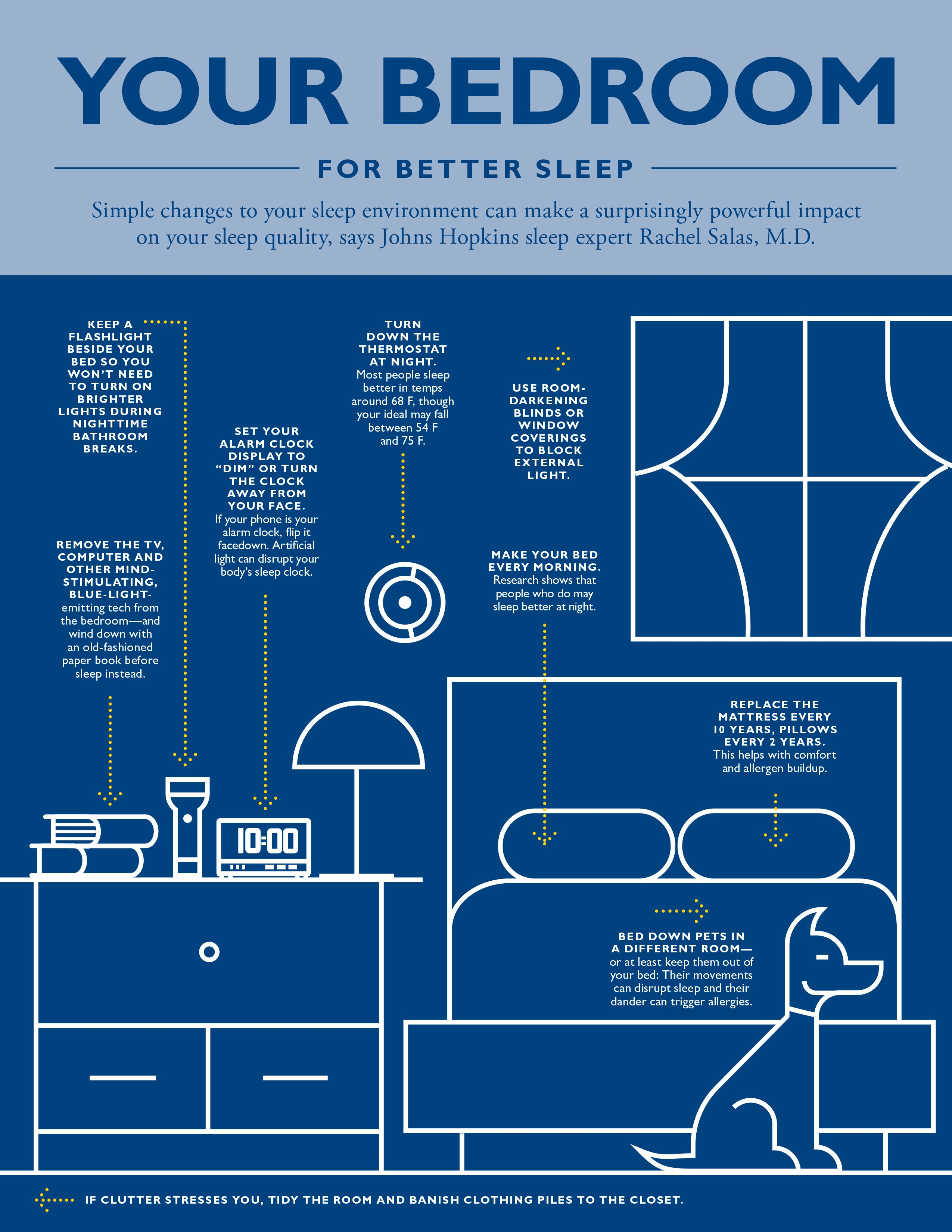
If you can’t sleep and think you have tried everything, there are many tips that not have thought of. There are other non-standard, and sometimes odd ways of helping yourself get to sleep that you likely have not heard of. These sleep strategies are effective and backed by studies and experience.
Here are tips for sleeping when you’ve tried everything.
Review Your Day in Reverse, In Minute Detail
One technique to relax your mind is to review your day in reverse, recalling as many minute details as possible. Essentially, this is a relaxation technique akin to counting sheep=--.
The guidelines for this mental activity are:
- Start at the moment before you got in to bed
- Narrate (in your head) everything that you did, working backwards
- As you narrate, recall as many details as you can – colors, smells, sounds, shapes, etc.
- As you narrate, visualize what you are narrating
Get a Rocking Chair and Hum
A recent study on sleep and rocking found that rocking helps adults sleep more deeply and wake up fewer times during sleep. Here is a summary of the study:
- Monitored sleep of 18 adults over three nights who slept in bed that rocked gently
- Electrodes recorded brainwave activity throughout each night
- Results concluded that the adults slept better, deeper, and longer when they were in the rocking bed
Rocking before bed may help the onset of sleep, such as in a rocking chair or certain yoga exercises that involve rocking.
Make Your Room a No Screen Zone

In addition to no screens, there are other things you can do to make your room an excellent sleep zone
You may have heard that electronics aren't great for sleep, but you may not have taken the steps to create a screen-free zone in your bedroom.
Screens emit blue light, which can disrupt the release of melatonin and create negative associations with sleep in your bedroom. It may be challenging, but try implementing a no-screen zone in your room, especially at night. Put away your smartphones, turn off the TVs, close the laptops - give it a try for a couple of weeks and observe how it enhances your ability to drift off to sleep.
Instead of screens, consider picking up a book, journaling, or engaging in another relaxing activity before bedtime.
4-8-7 Breathing Technique
There is a yogic breathing exercise that is great for sleep – and it’s very effective for many people. It’s called the 4-7-8 breathing technique and it works like this:
- Close your eyes and lie on your back in bed
- Place the tip of your tongue on the roof of your mouth just above your teeth where it will stay for the remainder of the exercise
- Forcefully exhale completely through your mouth by pushing the air out with your belly
- Close your mouth and inhale slowly and quietly through your nose for four seconds (slow seconds!)
- Hold your breath and count to seven
- Exhale completely through you mouth for eight seconds, making a “whoosh” sound at you exhale
- Deep inhale through your nose, and repeat steps 3-7 THREE times, remembering to only inhale through your nose and exhale through your mouth
Why does this breathing technique work? It works because oxygen relaxes the parasympathetic nervous system and promotes relaxation.
Embrace Cold
Cold actually helps us sleep better, as biologically, our bodies are designed to sleep at the night when it is cold. Our bodies prepare us for sleep by producing melatonin in response to two things:
- Changes in light (from light to dark)
- Cooling of temperatures at the onset of nighttime
Keeping a cooler room at night tells our bodies that it’s night time, and time for sleep. Colder rooms cue our bodies to produce melatonin, which helps us fall and stay asleep. A temperature between 60-68 degrees is reasonable for a “cooler” room.
In addition to sleeping in a cooler room, taking a hot bath before bed simulates the same “cooling” effect. This works because after you get out of a hot bath, your core temperature experiences a drop similar to the kind of drop your temperature would experience if you were outside during the transition from day to night.
Taking a hot bath right before bedtime and then making sure your room is cooler will queue your body to start producing melatonin.
What if Nothing Works?
If you have tried these tricks and everything else, there may be deeper underlying issues that are causing you to not sleep properly, such as:
- Insomnia
- Circadian rhythm disorders
- Restless leg syndrome
If you live in Alaska and still can’t sleep, please click the orange button below to take a free online sleep test and get in touch with our sleep specialists.

